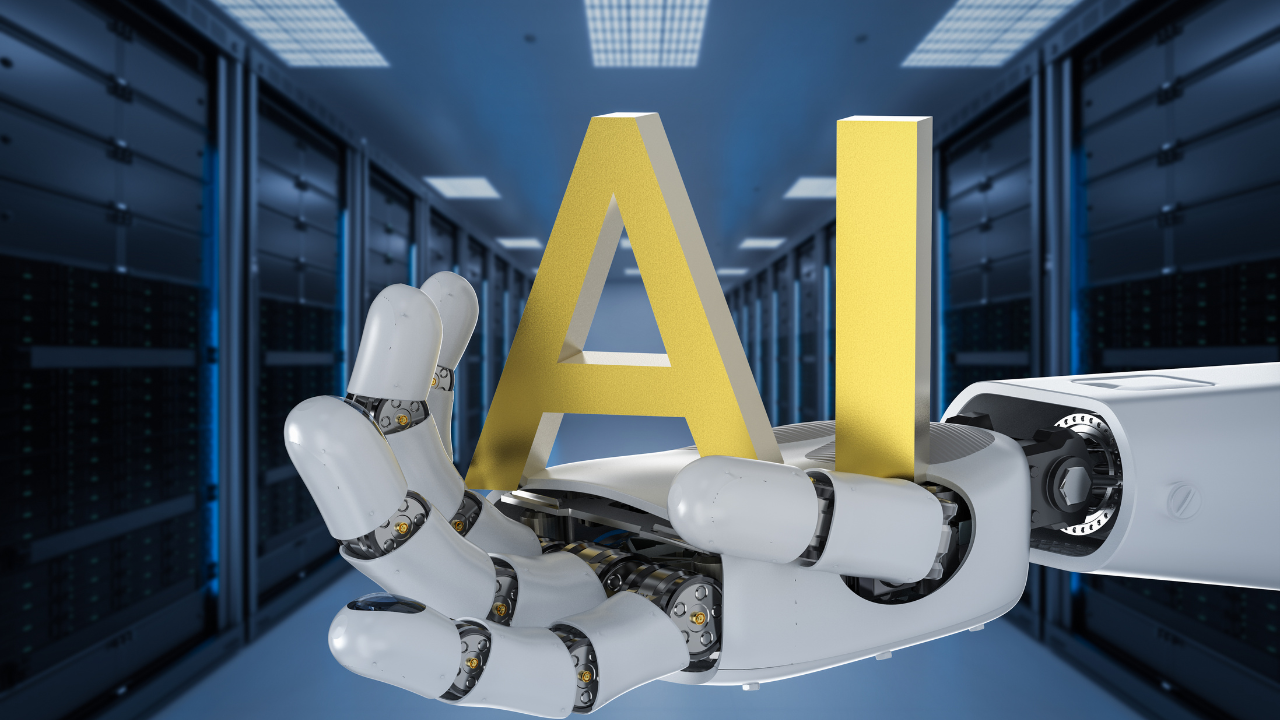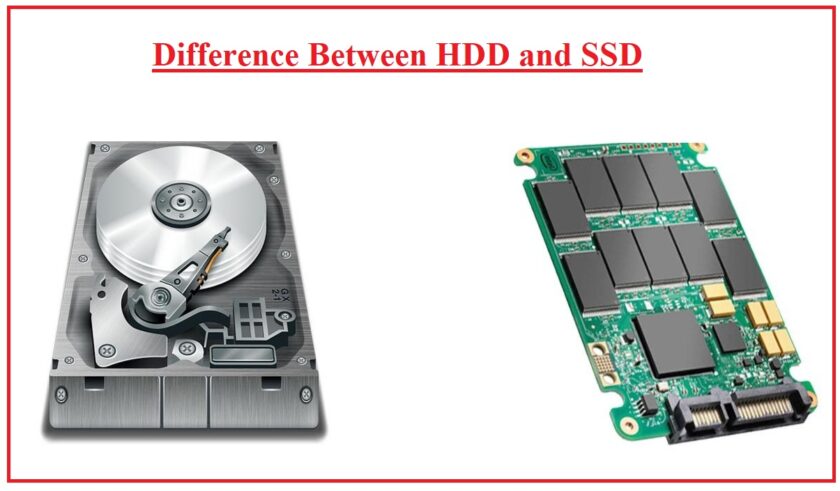Here are some popular AI tools across various domains, including machine learning, natural language processing, computer vision, and more. These tools help businesses and developers leverage AI technology to improve efficiency, automate tasks, and create innovative products.
1. Machine Learning Platforms
Machine learning platforms help build, train, and deploy machine learning models.
- Google Cloud AI Platform:
- Offers tools for training, deploying, and managing machine learning models at scale.
- Provides pre-built AI models (Vision AI, NLP API) and custom models.
- Integrates with TensorFlow and other frameworks.
- Amazon SageMaker:
- A cloud-based machine learning platform for building, training, and deploying models quickly.
- Provides tools for data labeling, feature engineering, and model tuning.
- Microsoft Azure Machine Learning:
- An enterprise-level platform for training, testing, and deploying machine learning models.
- Offers a drag-and-drop interface for easy model creation without coding.
- IBM Watson Studio:
- Provides tools for data scientists to develop and train machine learning models.
- Offers automated AI capabilities for quick deployment of models.
2. Natural Language Processing (NLP) Tools
NLP tools are used for understanding and processing human language.
- OpenAI GPT-4:
- A state-of-the-art NLP model for generating human-like text, used in chatbots, content generation, and virtual assistants.
- Applications include summarization, translation, question-answering, and code generation.
- Google Cloud Natural Language API:
- An API that enables the analysis of text for sentiment, entity recognition, and syntax parsing.
- Used in chatbots, sentiment analysis, and document classification.
- Amazon Comprehend:
- A service that uses machine learning to uncover insights from text, such as key phrases, language, and sentiment.
- Useful for text analytics in customer reviews, social media, and emails.
- spaCy:
- An open-source library for advanced natural language processing in Python.
- Useful for tokenization, named entity recognition, and dependency parsing.
3. Computer Vision Tools
Computer vision tools help process and analyze visual data like images and videos.
- Google Cloud Vision API:
- Detects objects, faces, logos, and text within images, and classifies images into categories.
- Ideal for image recognition, document scanning, and metadata extraction.
- Amazon Rekognition:
- An AI service that analyzes images and videos for facial recognition, object detection, and activity detection.
- Commonly used in security systems, content moderation, and media analytics.
- OpenCV:
- An open-source computer vision and machine learning library.
- Provides tools for image processing, video capture, and object tracking.
- Clarifai:
- A platform for building AI-powered image and video recognition applications.
- Supports object detection, face recognition, and custom model training.
4. AI-Powered Automation Tools
These tools use AI to automate repetitive tasks and improve productivity.
- UiPath:
- A leading robotic process automation (RPA) tool that uses AI to automate tasks such as data entry, invoice processing, and customer service.
- AI-driven bots help businesses increase efficiency by automating routine processes.
- Automation Anywhere:
- Combines RPA with AI to automate end-to-end business processes.
- Offers intelligent automation features like natural language processing and machine learning.
- Zapier:
- An automation tool that connects different apps and automates workflows without the need for coding.
- Can use AI for task automation, such as sorting data, sending notifications, and managing schedules.
5. AI-Powered Analytics Tools
These tools provide insights by analyzing data and generating predictions or recommendations.
- H2O.ai:
- An open-source platform that provides machine learning tools for predictive analytics.
- Offers automatic machine learning (AutoML) and models for classification, regression, and clustering tasks.
- RapidMiner:
- A platform that enables end-to-end data science workflows, from data preparation to model building and deployment.
- Offers machine learning models for predictive analytics, sentiment analysis, and customer segmentation.
- Tableau with Einstein Analytics:
- A data visualization tool that integrates with Salesforce’s Einstein AI to provide automated insights and predictive analytics from business data.
- Google BigQuery ML:
- Allows machine learning models to be created and run on data within Google BigQuery.
- Ideal for businesses looking to integrate machine learning directly into their data warehouses.
6. AI Content Creation Tools
These tools assist in generating written or visual content using AI.
- Copy.ai:
- An AI-powered tool for generating high-quality marketing content, blog posts, and social media copy.
- Uses GPT-based models to help businesses create persuasive, creative text.
- Jasper (formerly Jarvis):
- An AI writing assistant that helps with content creation for blogs, emails, social media, and advertisements.
- Ideal for marketers, writers, and content creators.
- Runway:
- A creative suite of AI tools for video editing, image generation, and media production.
- Features include green screen video effects, text-to-image generation, and automatic content editing.
- DALL·E:
- An AI model developed by OpenAI that generates images from textual descriptions.
- Can be used for graphic design, concept art, and digital content creation.
7. AI Development Frameworks
Frameworks that assist developers in building and deploying AI models.
- TensorFlow:
- An open-source framework by Google for developing and deploying machine learning models, especially deep learning applications.
- Supports a wide variety of tasks, including neural networks, reinforcement learning, and natural language processing.
- PyTorch:
- A flexible and easy-to-use deep learning framework developed by Facebook AI.
- Popular among researchers and developers for building neural networks and conducting AI experiments.
- Keras:
- A high-level neural networks API that runs on top of TensorFlow.
- Allows for quick prototyping and simplifies deep learning model building.
- MXNet:
- An open-source deep learning framework designed for both efficiency and flexibility.
- Used for deep learning applications such as speech recognition and computer vision.
8. AI-Powered Virtual Assistants
AI tools that simulate human-like interactions to assist with tasks.
- Google Assistant:
- A voice-activated virtual assistant that uses AI to answer questions, set reminders, and control smart home devices.
- Available on smartphones, smart speakers, and other connected devices.
- Amazon Alexa:
- An AI virtual assistant that performs tasks such as controlling smart home devices, providing weather updates, and playing music.
- Can integrate with various third-party apps and services for a wide range of tasks.
- IBM Watson Assistant:
- An AI-powered virtual assistant that helps businesses automate customer interactions.
- Can be integrated into websites, apps, and devices to provide conversational AI experiences.
- Cortana:
- Microsoft’s AI virtual assistant for productivity tasks like managing calendars, sending emails, and setting reminders.
- Integrates with Windows 10 and Microsoft 365 apps.
9. AI Design Tools
Tools that use AI to assist with graphic design, layout, and branding.
- Canva (with AI features):
- An easy-to-use design tool with AI-powered features like automatic design suggestions and resizing.
- Helps users create social media posts, presentations, and marketing materials.
- Designs.ai:
- An AI-powered design platform that automates the creation of logos, videos, and social media content.
- Uses AI algorithms to streamline the creative process.
- Adobe Sensei:
- Adobe’s AI and machine learning platform integrated into tools like Photoshop and Illustrator.
- Automates tasks such as image editing, facial recognition, and content-aware fill.
Conclusion
AI tools are playing an increasingly critical role across industries, from automating mundane tasks to transforming data into actionable insights. Whether it’s in machine learning, natural language processing, computer vision, or content creation, these tools offer a wide range of applications that can help businesses innovate and operate more efficiently.






